Let’s say you want to pay for something in crypto. What asset would you choose for that? Some may select Bitcoin (BTC) and Ethereum (ETH), because they are top cryptocurrencies by market cap, and enjoy relatively high merchant adoption compared to other digital assets. However, there is an issue — BTC and ETH prices are considered quite volatile. You may pay $1,000 worth of BTC today, but what if it becomes valued at $1,100 next week, or $5,000 in a few years? Would you later feel that you overpaid?
Crypto megaminds may argue that 1 BTC equals 1 BTC, or that fiat-based prices don’t matter. But like it or not, we’re still living in a fiat world, where most assets are first priced in U.S. dollars, Euros, and other fiat currencies. To solve this volatility puzzle, the crypto industry offered its own way to achieve equilibrium, called stablecoins.&
Essentially, stablecoins are cryptocurrencies, which peg their value to a certain anchor. It could be anything, from commodities (gold-backed tokens) to other cryptocurrencies (wrapped tokens). However, stablecoins are now predominantly associated with assets pegged to fiat currencies, especially the U.S. dollar, since it enjoys the largest adoption.&
In this article, we explore the differences between various approaches to achieving stable value in crypto, as well as their pros and cons.
What types of stablecoins exist?
According to Coinmarketcap, there are over 100 stablecoins, with a $130 billion market cap. But the top six most popular, large tokens are responsible for approximately 99% of all trading volume on the market. In general, stablecoins adopt the following three approaches to create antidotes from volatility:
- Fiat-collateralized stablecoins — They include the largest tokens such as Tether (USDT) and USD Coin (USDC). These stablecoins are backed by reserves of fiat currency held by a centralized issuer. In some cases, bonds and other traditional financial instruments are also used to back its value.
- Crypto-collateralized stablecoins — The most popular example is Dai (DAI). These assets use other cryptocurrencies as collateral to back tokens. They are considered more decentralized, because they can be maintained by a group of users instead of a centralized issuer.
- Algorithmic stablecoins — For instance, TerraUSD (UST). These are stablecoins that use complex algorithms and smart contracts to automatically issue/redeem tokens, depending on the supply and demand balance.
Before diving deeper into the topic, it’s noteworthy that crypto-collateralized stablecoins, including DAI, could be technically treated as algorithmic as well. However, the mechanism of preserving price stability is what makes them different from “pure” algorithmic stablecoins. That is why they are separated.&
In order to achieve diversification, some stablecoins may also combine a few approaches at the same time. For example, Frax (FRAX) with a part of its supply backed by collateral, and another one being algorithmic. In addition, MakerDAO, the community-governing organization behind Dai, allocated part of its collateral to U.S. Treasury bonds, meaning its stablecoin is not fully crypto-collateralized.
How do fiat-collateralized stablecoins work?
Since traditional stablecoins are quite similar in terms of design, let’s take a look at a hypothetical example.
Assume there is a relatively trustworthy company called Money Un Limited that issues a stablecoin called CASH. Someone finds it, giving $1 million, and in return, they receive 1 million CASH tokens. At the same time, Money Un Limited allocates the fiat funds somewhere safe. For example, in a bank, or U.S. Treasury bonds.
The 1:1 parity is achieved by the following rules:
- CASH holders may ensure that Money Un Limited has sufficient reserves to fully cover the value of all issued tokens. Otherwise, they just believe (hope) that this is the case.
- CASH tokens are impossible to counterfeit. This is typically prevented by issuing tokens on stable and secure blockchains.
- CASH tokens can be redeemed for U.S. dollars at any time, removing a certain part of the token supply from circulation.
Let’s stop at the last rule in more detail. Since CASH tokens can be traded on crypto exchanges, their value is determined by the balance of supply and demand. This means their price may differ from the initial $1.&
However, the ability to redeem tokens acts as a standalone arbitrage mechanism. If the CASH price drops below $1 on an exchange, then an arbitrageur can buy tokens, and redeem them for $1. Alternatively, if stablecoin’s value moves up, more CASH tokens can be issued to sell them for a higher price.&
Pros
- Their value is directly tied to the value of the underlying fiat currency, meaning they are more straightforward to understand, and offer a redemption of tokens.
- The largest stablecoins are fiat-collateralized, meaning they are more widely accepted, and provide larger liquidity.&
Cons
- You need to trust and rely on a centralized issuer to hold and manage reserves, which creates a single point of failure.
- Some stablecoins, including USDT and USDC, have a built-in ability to block any wallet address. There are stories about such actions performed, based on regulatory requests.&
How do crypto-collateralized stablecoins work?
Unlike fiat-backed stablecoins, this asset type doesn’t have any controlling legal entity. It’s rather a decentralized autonomous organization (DAO), which consists of token holders who can vote on potential changes in token allocation. The mechanism of linking the stablecoin value is built on smart contracts.
In terms of token issuance, let’s take a look at DAI. New DAI tokens appear through a lending mechanism, so it could be said that users “borrow” DAI from a smart contract. Anyone can mint new DAI tokens. However, to do that, users need to provide collateral in crypto.&
Furthermore, this collateral may significantly exceed the value of the borrowed stablecoin. This is called overcollaterization. This approach is designed to provide an additional layer of stability and security to the stablecoin due to the volatility of crypto prices. At the time of this writing, DAI’s collateral ratio is 188%, meaning DAI is backed by almost twice as much crypto.
Decentralized leverage
Some may ask: “But why would someone lock crypto to receive stablecoins at a lower value?” The potential answers could be hedging, participation in decentralized finance (DeFi) services, and leverage.
Imagine that a user has ETH, and they believe that its price will go up. They don’t want to sell it, so they lock it to obtain DAI. Using a stablecoin, the user can buy something, which they anticipate to increase in value, for instance, even more ETH, achieving a “decentralized leverage.” If the ETH price surges, the user may buy back the amount of DAI they borrowed, pay off the debt to the smart contract (with a certain interest), and potentially take profit without selling the initial ETH.&
However, this financial engineering is quite risky, at least due to the following reason. If the ETH price drops, and the value of the collateralized crypto falls below 150% of the borrowed DAI, then a forced sell-off of the collateral (liquidation) will follow.
Maintaining stability by changing rates
DAI doesn’t have a price stabilization mechanism similar to fiat-backed stablecoins, with their token redemption. Arbitrageurs may still take advantage of price fluctuations on different exchanges, but MakerDAO uses another approach to balance DAI value.
If the DAI price falls much lower than $1, MakerDAO, meaning MKR holders, can vote to increase the interest rate on loans in DAI. This may encourage borrowers to pay off debt faster. For that, they need to buy DAI, and, hence, its price could go up.&
Conversely, when the DAI price is above $1, MakerDAO may decrease the interest rate, potentially stimulating DAI borrowing, and minting new tokens. It sounds like the Fed with its base rates, but decentralized.
Pros
- In most cases, fully decentralized, meaning they do not rely on a single central issuer or authority.
- Typically, there is no central locking mechanism for specific wallets, meaning they can’t be blocked.
Cons
- Crypto prices are volatile, which could potentially make stablecoin more susceptible to fluctuations.
- Overcollaterization and liquidation may discourage certain users from adopting such stablecoins, decreasing potential liquidity.
How do algorithmic stablecoins work?
While the other two stablecoin types try their best to form sufficient reserves, and back 1:1 parity with fiat currencies, “pure” algorithmic stablecoins might not be worried about this. They believe that it’s possible to achieve price stability without collateral. However, stablecoins still need to have some beacon that affects their issuance. For that, algorithmic stablecoins may use a complementary cryptocurrency.
Here is a trick:
- Let’s say there is a LOL token, which has a certain utility within its ecosystem, i.e. voting, lending/borrowing, staking, etc.
- In addition, there is a UNO token, a stablecoin, which can always be exchanged for $1 worth of LOL using a smart contract. So if the LOL price is $100, the UNO smart contract will give you 0.01 LOL. If its price is $0.01, it will give you 100 LOL tokens. The smart contract doesn’t care, it issues as many LOL tokens as needed to sustain parity.
- If you need the UNO token, then you can buy $1 worth of LOL, and send it to the smart contract to receive a stablecoin.
- Do you remember a standalone arbitrage mechanism to redeem U.S. dollars offered by fiat-backed stablecoins? It works here in a similar way, but without involving dollars. So if the UNO price suddenly drops to $0.98, anyone can buy 100 UNO tokens for $98, and exchange them for $100 worth of LOL using a smart contract, pushing the UNO price back to $1.&
As long as LOL tokens are worth something, anyone can receive UNO tokens, preserving its 1:1 parity with U.S. dollars. In this case, an algorithmic stablecoin is essentially backed by the infinite supply of the complementary digital asset. Do you see a problem here?
Death spiral
As was said earlier, there is typically no external collateral, or it’s insufficient to back the value of a stablecoin, or a complementary asset. Because of that, this mechanism works as long as people believe in it. If they lose faith, this could lead to a death spiral. Some algorithmic stablecoins have already experienced it, the most famous example being TerraUSD (UST). Death spiral stories contributed quite a lot to the bad reputation of this stablecoin type.
The issue could appear after a stablecoin’s drop in price for whatever reason. But instead of only trying to take advantage of arbitrage opportunities, people could decide to sell more, because they are getting nervous.&
They could go to the smart contract, exchange UNO for LOL, and sell it as well, moving the LOL price lower. More people become nervous, redeem their stablecoins, and sell LOL. Eventually, LOL supply may flood the market, and the smart contract may continue printing new tokens, making both assets even less valuable.
If a stablecoin only relies on the “everything will be fine” narrative, it likely won’t last for long. That is why, after the UST collapse, some algorithmic stablecoins moved toward a hybrid approach, backing some part of it with collateral either in crypto, or fiat.
Pros
- Typically, fully operate on decentralized networks. This means they are not controlled by a single entity, and empower anyone to interact with a smart contact.
- The absence of collateral requirements could provide more incentives for users to use algorithmic stablecoins.
Cons
- A lack of external ways to back the value of the stablecoin could make the mechanism fragile, potentially leading to a death spiral.&
- The stability relies on a sufficient level of network adoption and usage, without which the project could be more susceptible to market manipulation.
Conclusion
In a crypto world, where everything is subject to constant change, having an island of stability is essential. Therefore, stablecoins as a concept obtained quite a large showing of support among crypto enthusiasts.&
Alas, there is no single best stablecoin from all sides. They utilize different approaches to maintain stability, but there is essentially no guarantee that they will remain stable. Fiat-backed stablecoins are enjoying the largest adoption, arguably because it could be easier to understand how their value is backed. Crypto-native ways to achieve stability could be seen as more complicated, but they rely less on trust that a certain entity will continue to fulfill its obligations.
In terms of use cases, all stablecoins share the same utility. Aside from payments, stablecoins are also widely used for protecting value in crypto, trading, lending/borrowing, etc. Selecting a stablecoin to achieve these goals mainly depends on what liquidity they provide, and what networks they support. When dealing with stablecoins, it’s important to understand why you’re investing in them, as well as the risks associated with the way they preserve value.&
Note: Exchange Plus is currently not available in the U.S. Check the list of supported jurisdictions here.
Disclaimer: For information purposes only. Not investment or financial advice. Seek professional advice. Digital assets involve risk. Do your own research.

You can get bonuses upto $100 FREE BONUS when you:
💰 Install these recommended apps:
💲 SocialGood - 100% Crypto Back on Everyday Shopping
💲 xPortal - The DeFi For The Next Billion
💲 CryptoTab Browser - Lightweight, fast, and ready to mine!
💰 Register on these recommended exchanges:
🟡 Binance🟡 Bitfinex🟡 Bitmart🟡 Bittrex🟡 Bitget
🟡 CoinEx🟡 Crypto.com🟡 Gate.io🟡 Huobi🟡 Kucoin.

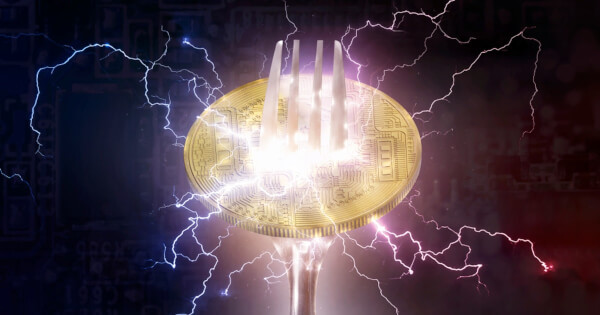

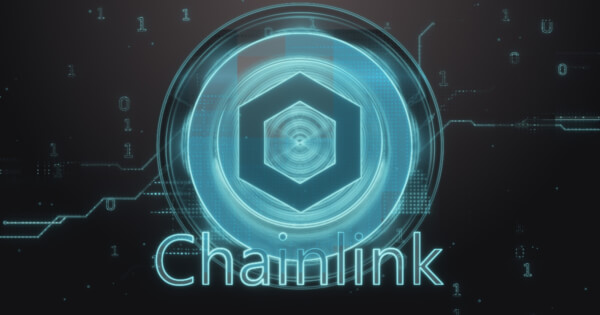
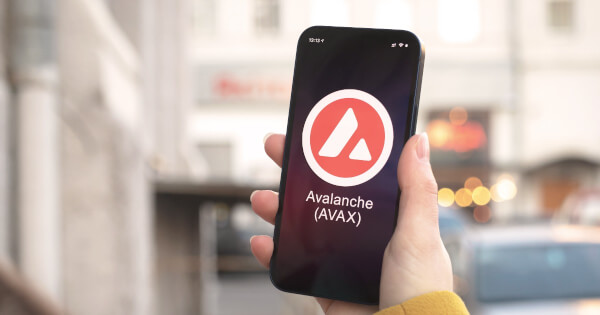
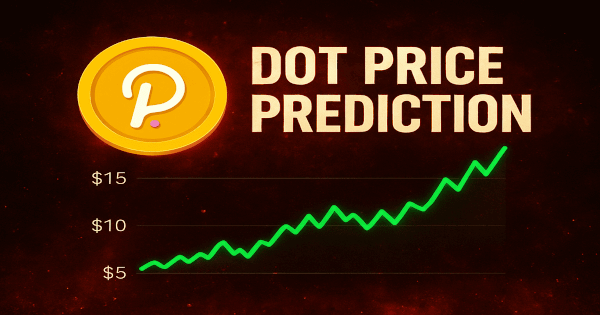


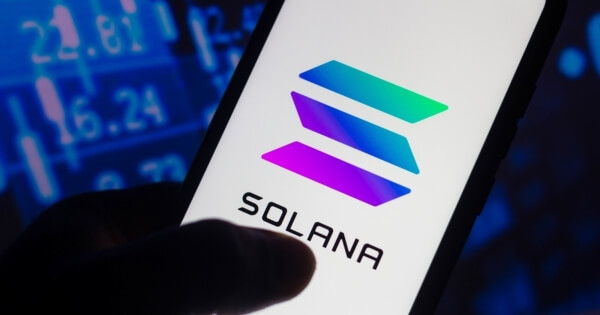

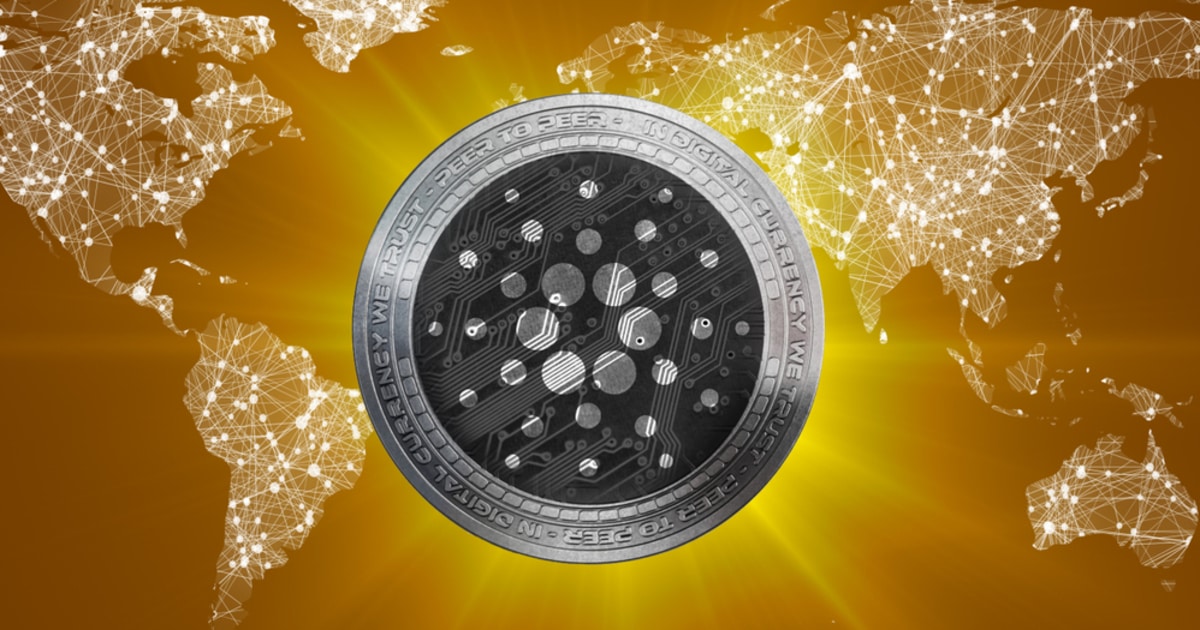


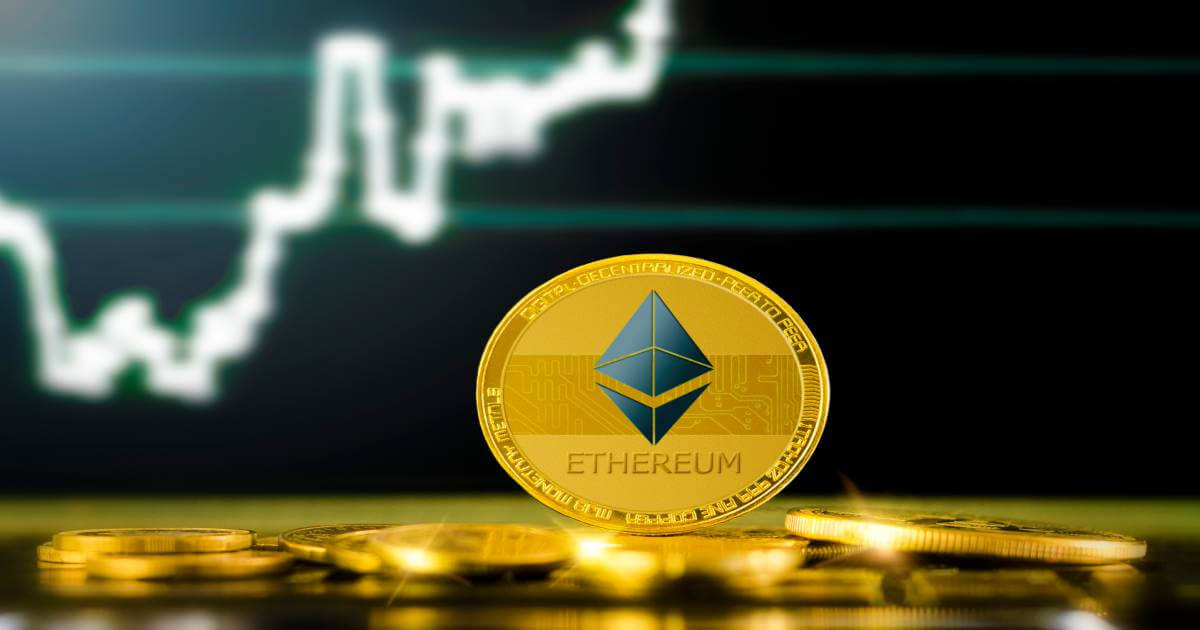

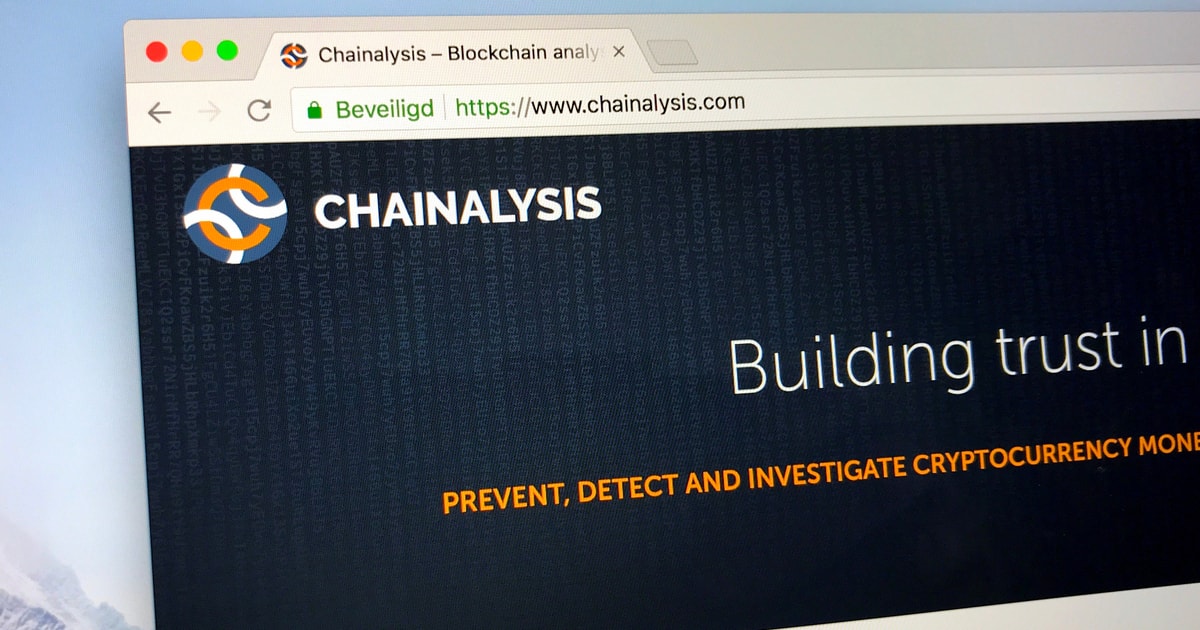

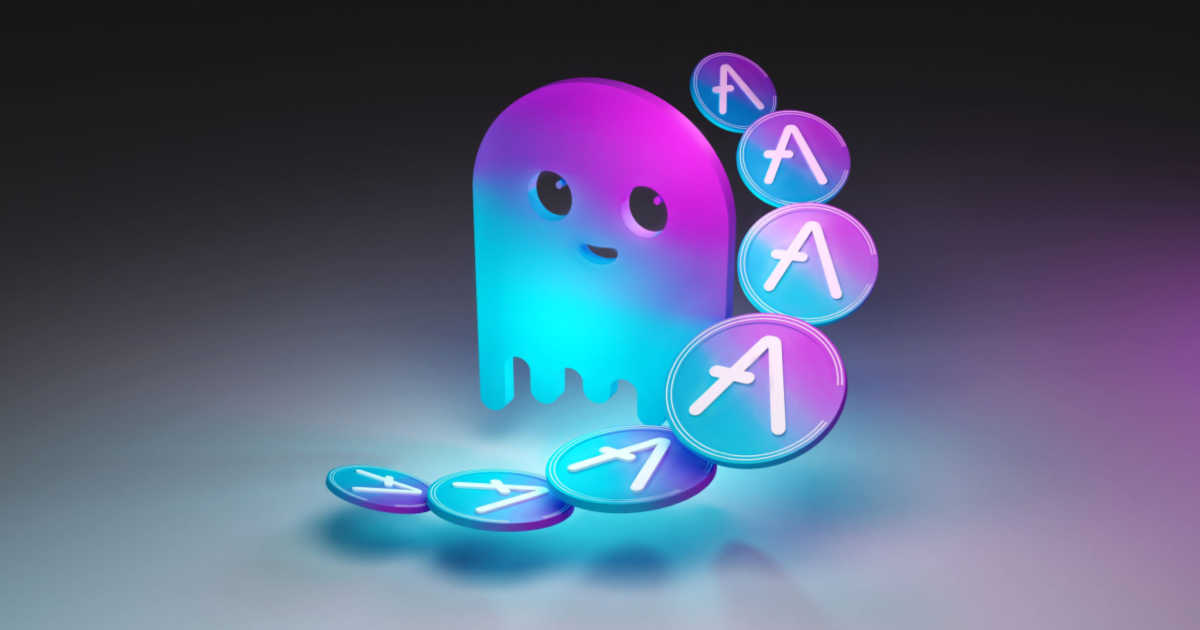
Comments